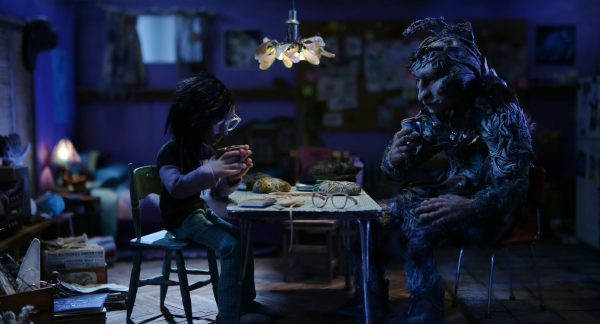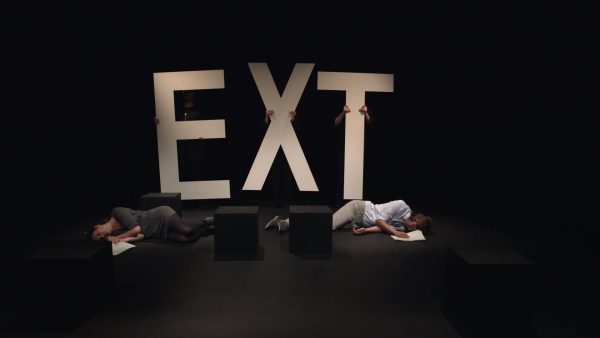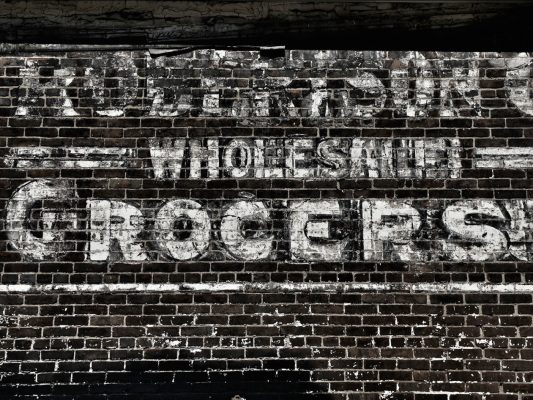Leanne Betasamosake Simpson is an esteemed Indigenous writer, musician, and activist, a Michi Saagiig Nishnaabeg and a member of the Alderville First Nation. Her body of work is the result of a life grounded in relational, land-based practice – fiction, poetry, non-fiction, films, music, speaking and activism, particularly on justice for Indigenous peoples. All of it deeply reflects her identity as Nishnaabeg, with Kwe as gender identifier. Author of seven books, co-editor of three, and creator of two albums of music, Simpson’s artistry is rooted in place and, also, in its resonance with others outside her community engaged in anti-colonial struggle, embracing solidarities from around the world.
Simpson’s recent book AS WE HAVE ALWAYS DONE: INDIGENOUS FREEDOM THROUGH RADICAL RESISTANCE (2017), is an incisive call: not for ‘inclusion’ in a violent nation-state that continues colonial and genocidal actions, but for land-based practices steeped in Indigenous thought and practice. Her new novel NOOPIMING: THE CURE FOR WHITE LADIES (2020) is a work that warmly and humorously animates a vivid set of characters that take a variety of bodily forms – a tree, an old woman, a raccoon, to name a few – with Nishnaabeg relationality. Her writing centres not just the living things colonial nation states have changed beyond recognition, but fundamentally Indigenous ways of being – of understanding, of communicating, of loving, of wit, which in their scope and depth exist vastly beyond the strictures of empire.
In an age where whiteness frames impending environmental apocalypse as ‘new’, where whiteness has wrought genocidal devastation that Indigenous peoples have been fighting against for hundreds of years, Simpson’s work has felt deeply resonant. It is truthful in its acknowledgment of the searing pain of structural violence and offers tangible, solid, intergenerational lifelines for survival. Her experience with Indigenous and environmental justice activism over numerous years has, by taking the time it takes to deeply submerge in heritage as way of life, produced wisdom that is accessible and profound. In this conversation we speak on artmaking, language, political resistance, solidarities, hurt, joy and laughter.




